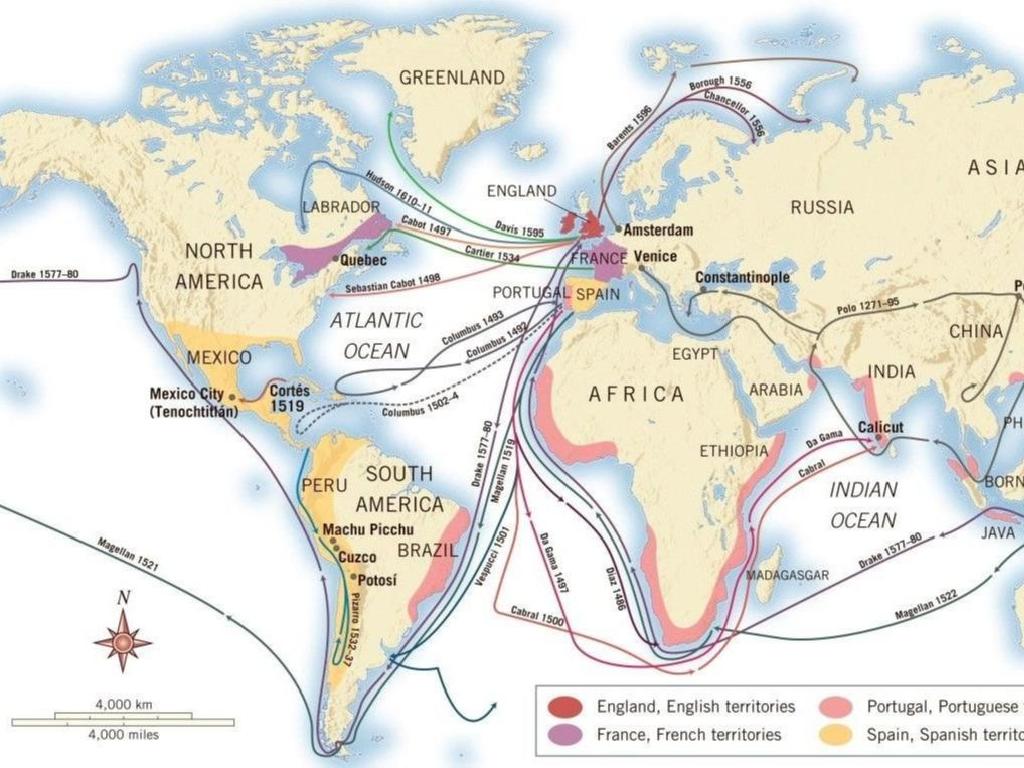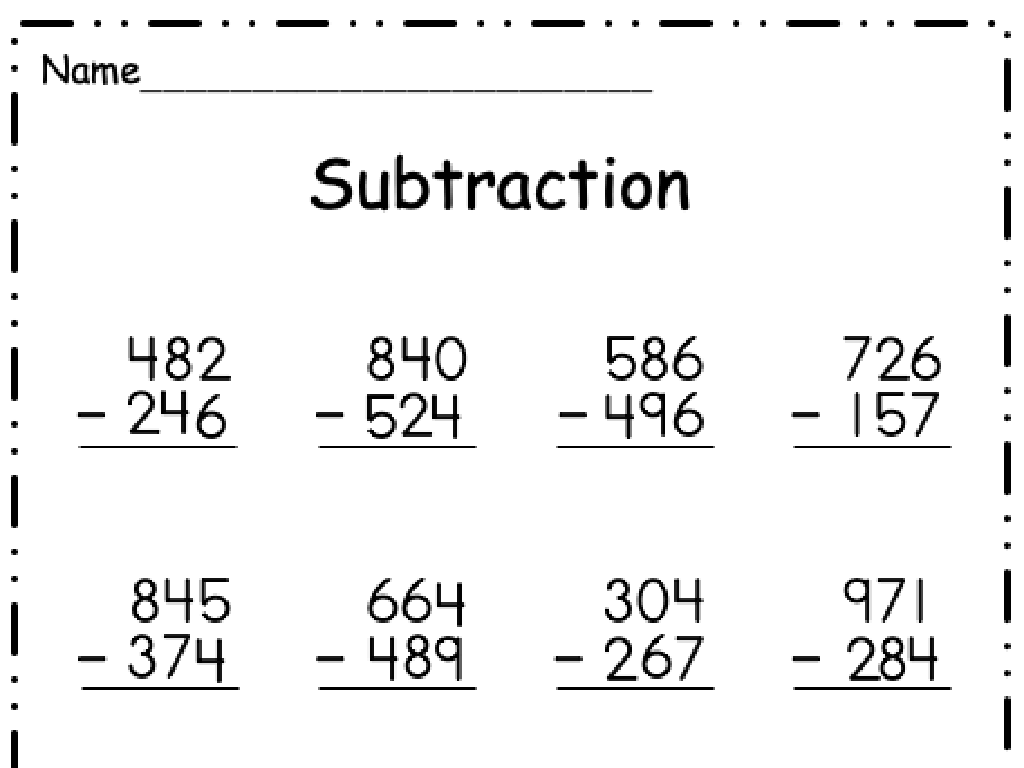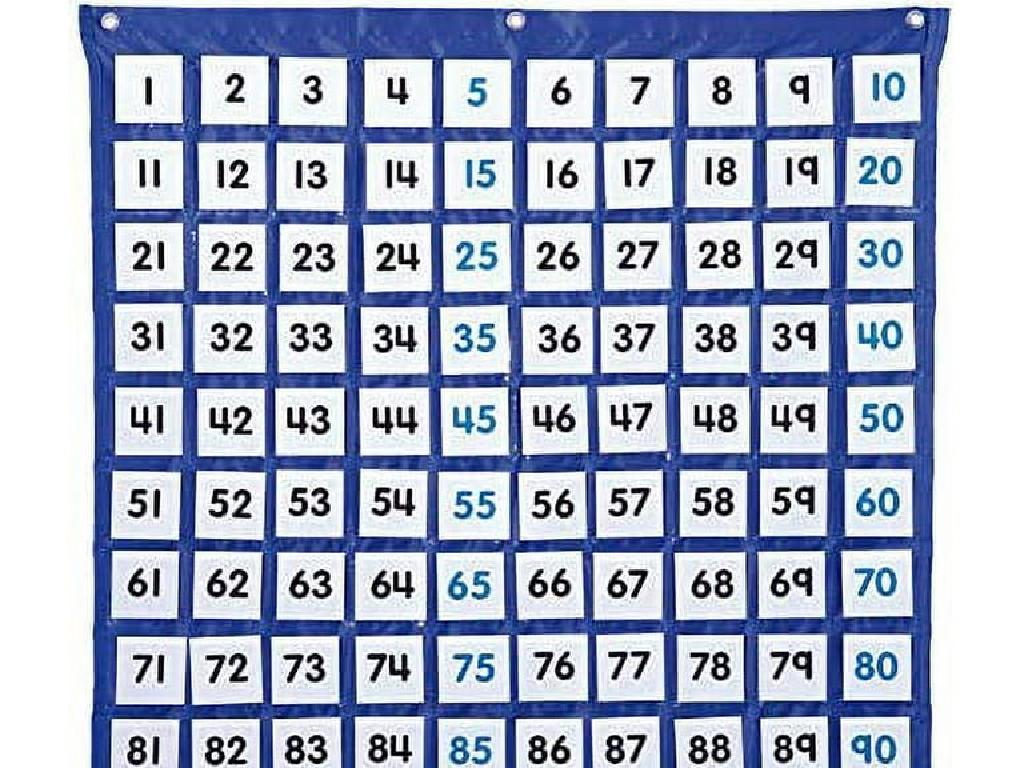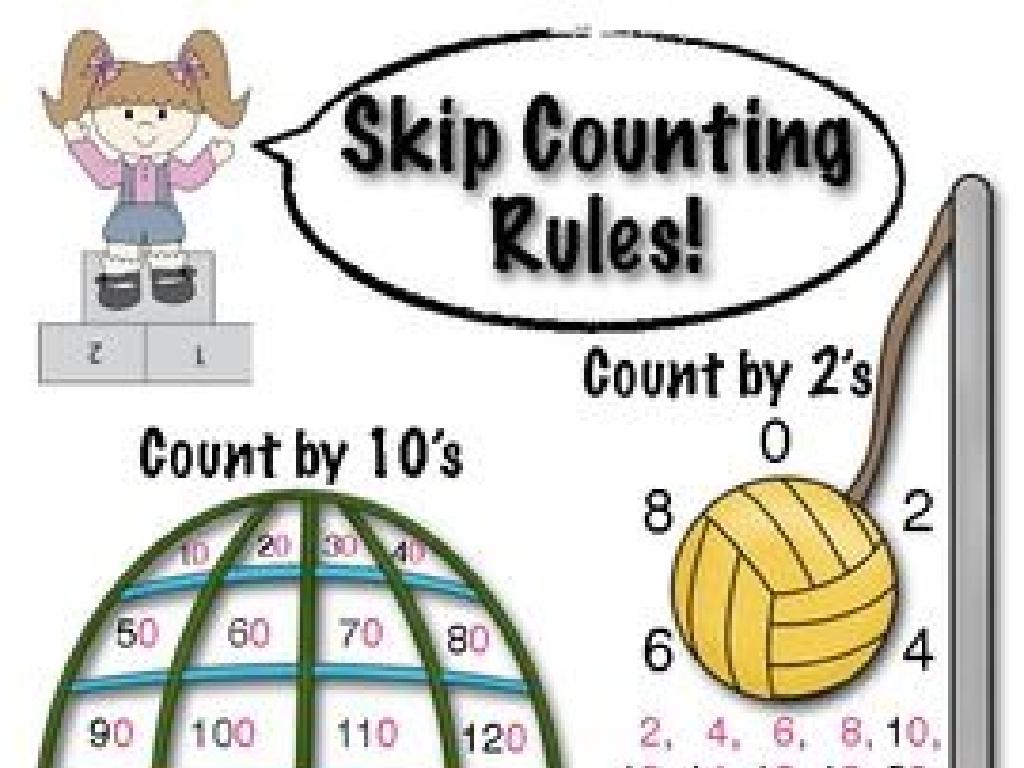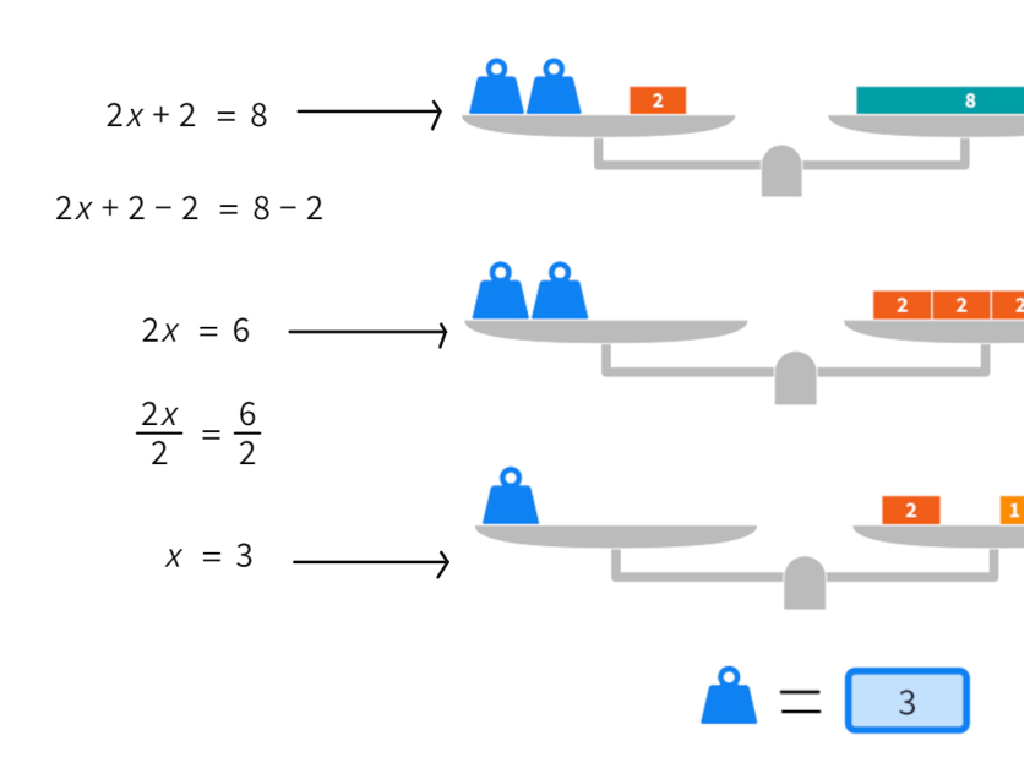Describe The Weather
Subject: Science
Grade: Kindergarten
Topic: Weather
Please LOG IN to download the presentation. Access is available to registered users only.
View More Content
Welcome to Weather!
– Greet our little scientists
– Today’s topic: Learning about weather
– Weather is the daily air condition
– Is it sunny, rainy, snowy, or windy outside?
– Weather affects our daily choices
– We choose clothes and activities based on the weather
|
Begin the class with a warm and enthusiastic greeting to engage the young students. Introduce the topic of weather, explaining that it refers to the conditions of the atmosphere at a particular place and time. Use simple language to describe different types of weather such as sunny, rainy, snowy, and windy. Emphasize how weather can influence our daily decisions, like what to wear or what to play. Encourage the children to look out the window and describe the weather they see. This will help them connect the concept of weather with their real-world experiences.
What is Weather?
– Weather is sun, rain, wind, snow
– The sun makes things bright and warm
– We experience weather daily
– Rain helps plants grow and can make puddles
– Weather can be warm or cold
– Wind can move things and feels cool
– Weather can be wet or dry
– Snow is soft, white, and cold
|
This slide introduces the concept of weather to Kindergarten students. Start by explaining that weather is all around us and includes the sunshine, raindrops, breezes, and snowflakes they see and feel. Use simple language and relatable examples to describe each type of weather: sunny days at the park, rainy days with umbrellas, windy days with flying kites, and snowy days with building snowmen. Emphasize sensory experiences like warmth from the sun or the coolness of the wind to help them connect with the concepts. Encourage the children to share their own experiences with different weather conditions to make the lesson interactive and engaging.
Types of Weather
– Sunny weather is bright
– The sun shines and it’s very bright outside
– Rainy weather is wet
– Water drops fall from the sky like in a shower
– Windy weather is breezy
– The air moves fast, trees and leaves might sway
– Snowy weather is fluffy
– Soft white snowflakes fall down like feathers
|
This slide introduces the children to different types of weather they may experience. Use simple language and relatable descriptions to help them understand. For sunny weather, you can mention playing in the park under a bright sun. For rainy weather, talk about using umbrellas and raincoats. For windy weather, describe how it feels when the wind blows through their hair. For snowy weather, mention building a snowman. Encourage the children to share their own experiences with each type of weather and how it makes them feel. This will help them connect the concepts to real life.
What Do We Wear in Different Weathers?
– Sunny weather: hats and sunglasses
– Rainy weather: umbrellas and raincoats
– Windy weather: a cozy jacket
– Snowy weather: gloves, scarves, boots
|
This slide is designed to help Kindergarten students understand the concept of dressing appropriately for different weather conditions. Start by discussing sunny weather and how hats and sunglasses can protect us from the sun. Then, move on to rainy weather and the importance of staying dry using umbrellas and raincoats. For windy weather, explain how a jacket can keep us warm when it’s breezy outside. Lastly, talk about snowy weather and how gloves, scarves, and boots keep us warm and dry. Encourage the children to think about what they wear in each type of weather and why it’s important for comfort and safety.
Weather Helpers: Meet the Meteorologists
– Meteorologists study weather
– They are like weather detectives!
– They predict the weather for us
– So we can plan our day better
– Weather forecasts on TV and radio
– Ask your parents to watch together!
– Why forecasts are important
– Helps us decide what to wear and do
|
This slide introduces the concept of meteorologists to the students. Explain that meteorologists are like detectives who use different tools to understand and predict the weather. Emphasize the importance of their work in helping us prepare for our day. Show how we can find their weather predictions on TV or listen to them on the radio. Discuss with the children why it’s important to know the weather forecast, such as deciding what to wear or what activities we can do outside. Encourage the children to talk about times when they have seen or heard a weather forecast and how it helped them or their family.
Today’s Weather Exploration
– Observe today’s weather
– Identify: sunny, rainy, windy, or snowy
– Is the sun out? Are there clouds? Is water falling from the sky?
– Discuss how weather affects feelings
– Does the weather make you happy, excited, or sleepy?
– Share our weather observations
– Tell the class what you see and how it makes you feel
|
This slide is meant to engage the students in a practical observation of the day’s weather. Encourage them to look out the window and use their senses to describe what they see and feel. Ask guiding questions to help them determine if it’s sunny, rainy, windy, or snowy, and discuss how different types of weather can influence our emotions and activities. For example, sunny days might make us feel energetic and happy, while rainy days can be calming or cause disappointment if we can’t play outside. This activity promotes observational skills, vocabulary development, and emotional awareness. It’s also a great opportunity for a class discussion and sharing personal experiences related to weather.
Class Activity: Let’s Make a Weather Chart!
– Create your weather chart
– Draw today’s weather
– Is it sunny, rainy, snowy, or windy?
– Share with the class
– Describe your drawing
– Tell us what you’ve drawn and what you see outside
|
This activity is designed to engage the students with the concept of weather by creating a personal weather chart. Provide each student with a template of a chart and crayons or markers. Encourage them to observe the weather outside and draw a picture representing it, such as a sun for sunny or clouds for cloudy. Once everyone has completed their drawing, allow each student to present their artwork to the class and describe the weather they’ve illustrated. This will help them associate the terms with the actual weather and reinforce their understanding. Possible variations of the activity could include adding temperature to the chart, comparing weather with another day, or predicting tomorrow’s weather.

